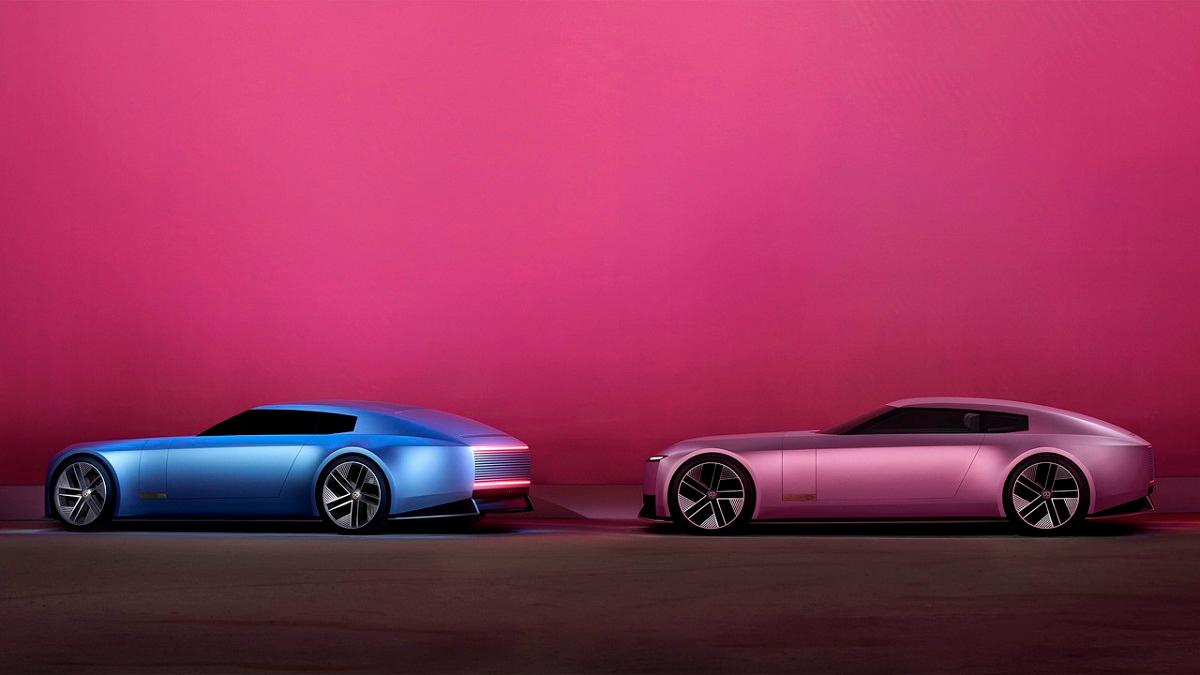ADRIAN MARDELL, the executive responsible for rebranding Jaguar Land Rover into the streamlined identity now known as JLR, is stepping down from his position as Chief Executive Officer. After more than three decades with the company, Mardell’s retirement arrives at a pivotal moment for the British automaker as it faces a landscape marked by shifting market demands, delayed product launches, and strategic uncertainty.
Mardell’s career with JLR began in 1990, and he rose steadily through the ranks to become Chief Financial Officer in 2018. He assumed the role of CEO in 2023 following the resignation of Thierry Bolloré. Over his two-year tenure at the helm, Mardell oversaw a significant restructuring of the company, repositioning its three core nameplates, Range Rover, Defender, and Discovery, as standalone brands within the JLR portfolio.
This strategic pivot brought renewed profitability to the business following a period of instability exacerbated by the Covid-19 pandemic. However, Mardell’s departure now leaves a leadership vacuum at a time when JLR faces a series of pressing challenges. A successor has yet to be named.

Jaguar, in particular, stands at a crossroads. The brand is undergoing a dramatic reinvention as a manufacturer of ultra-premium electric vehicles, following the discontinuation of all prior models. Its upcoming all-electric lineup, priced well above $100,000, aims to reposition Jaguar as a rival to the most exclusive EV offerings. Yet the brand’s relaunch campaign last year failed to resonate, drawing widespread criticism and casting doubt on its ability to secure a stable foothold in a luxury EV market that appears increasingly resistant to high-end electrified vehicles.
Land Rover, on the other hand, has continued to perform well, with the Range Rover and Defender models maintaining strong sales and profitability. Nevertheless, the momentum may be tested. Range Rover’s first foray into electric mobility – its debut EV – has already been delayed until 2026, reportedly due to a tepid response from the market.
Complicating matters further are international trade barriers. The United States imposes a 10 per cent duty on up to 100,000 UK-manufactured vehicles imported annually, a relatively modest rate compared to tariffs faced by other nations. However, the Defender and Discovery models are produced in Slovakia, subjecting them to a 15% tariff when exported to the US. This differential could impact pricing competitiveness and overall profitability in JLR’s key overseas markets.
While Mardell exits having stabilised the company and initiated a bold rebranding strategy, the challenges ahead remain formidable. JLR must now contend with the broader pressures faced by the global automotive industry, chief among them the uncertain trajectory of electric vehicle adoption, while navigating its own internal transitions.
The identity of the next CEO will likely determine how well JLR weathers these mounting complexities. Whoever takes over will inherit both a restructured company and a heavy portfolio of unresolved questions.









